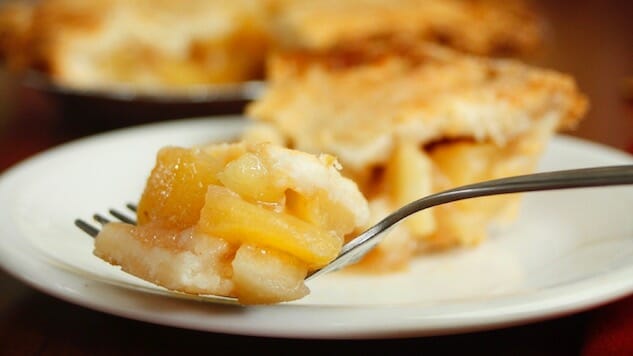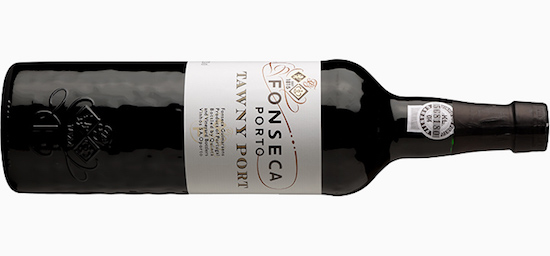How to Pair Pie and Wine
Photo via Flickr
I don’t know if you have this thing in your family, but I sure do: Thanksgiving (and let’s be honest, Christmas, too) provokes a deeply partisan battle over…pie. You thought I was going to say politics, right? Nah. Pies.
People are super opinionated about pie. Conduct a pie survey around your workplace if you want to see people’s true colors—it’s bizarre. Once at a writer’s conference I polled everyone I could get my hands on: “What is your dessert island pie?” It was probably really annoying and might be why I was eventually blacklisted from that conference, come to think of it. But I was on a mission. I had all kinds of theories about who chose which kind of pie and why. The pie you love can be this weird Rorschach test and it might reveal all kinds of stuff about your background, your childhood, and your unfinished business. (I can absolutely explain why people divide on sweet potato versus pumpkin; there’s a whole race-class-region thing there. I cannot tell you why cherry pie was favored by poets while playwrights referenced fringe pies like shoo-fly or shaker or coconut cream, or why the majority of people who said lemon meringue were men, or why the meal service staff unanimously went for chocolate.) In the end I was pretty good at predicting what people would say, but I cannot tell you why. Pie is mysterious, as it turns out.
In my family we end up with an almost 1:1 ratio of pies to people because it’s that once a year thing where you want everyone to be happy and everyone’s awfully damned specific about what will accomplish that, pie-wise. And it’s not just that my dad grieves if there isn’t a pecan pie while my daughters pitch a hissy if they don’t get pumpkin (heavy on the nutmeg, heavier on whipped cream). The pies have to be the way you remember from one hundred thousand years ago. My mom doesn’t consider it an apple pie if it isn’t made the way my grandmother did (heretically adding a crap-ton of butter and brown sugar to the filling so it turned into molten lava in a pastry crust); my mother-in-law went hard in the opposite direction, defining an apple pie as a petite layer of apple slices in a single crust with a little lemon juice and one half-teaspoon of sugar. Then my brother married someone who favors the apple pie with that Dutch crumb topping and no one in my family knows what to do with that. Dutch crumb? I mean… Oh, and don’t even get me started on the year I showed up with a pear tart thinking some people might like a change of pace. Whatever the hell the holiday season is about, it ain’t change.
Clearly, with all hell set to bust loose if everyone doesn’t get their pie needs met, it is very important to make sure the situation is sufficiently lubricated to keep people docile. So the question is, what are the best wine pairings for pie?
